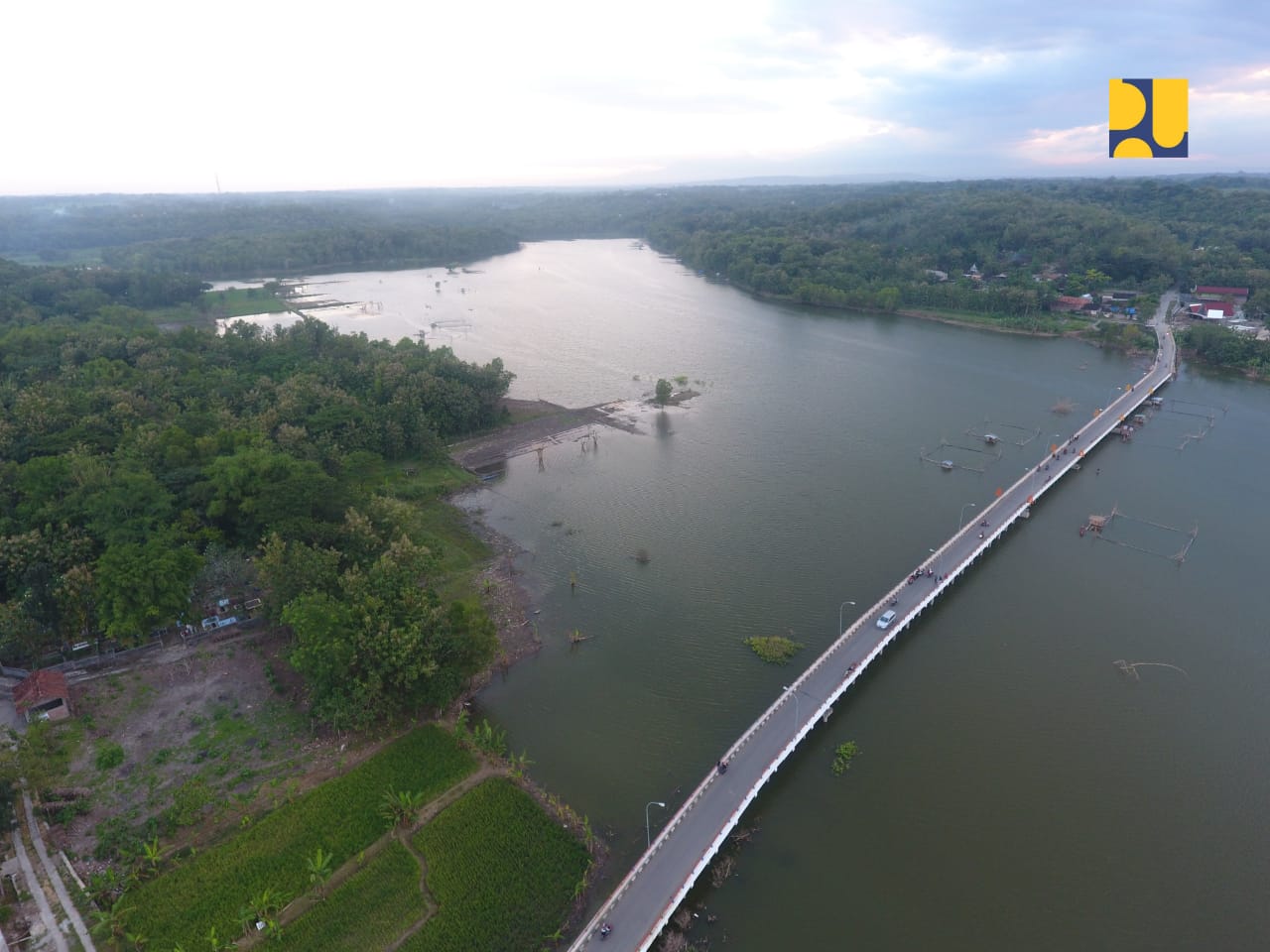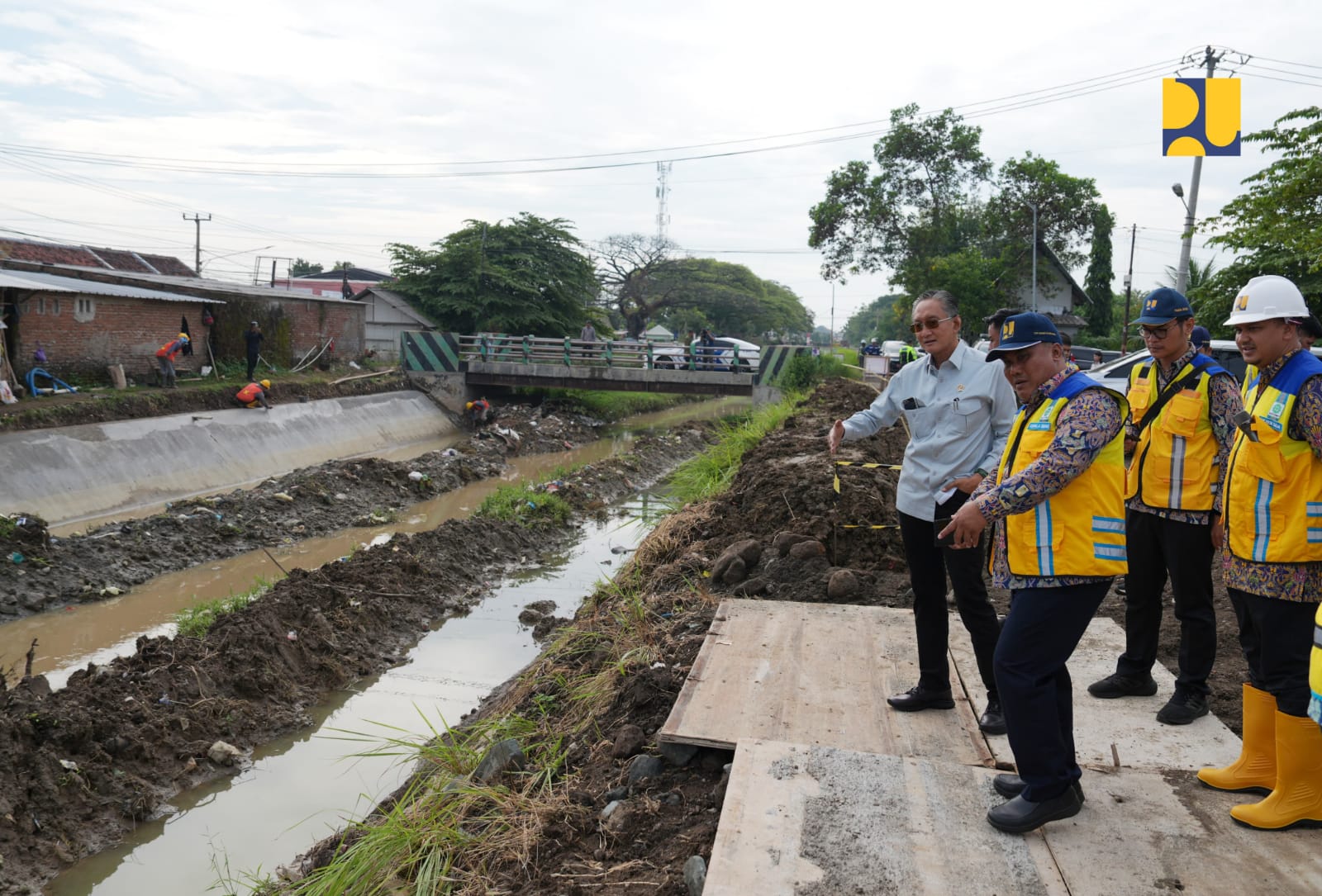
The Director General of Water Resources Ministry of Public Works, Mohamad Hasan, delivered his presentation titled “Overall Picture on The Dam Management and Development in Indonesiaâ€, at 82nd Annual Meeting of ICOLD, in Bali (4/6). “Indonesia has enormous potential of water availability.
Total rainfall falls through out is about 4,000 billion m3/year. However, the challenge remains on an unbalance distribution spatially as well as temporally,†he explained. He gave Java Island as an example which has only about 4.5 percent of total water potency. On the other hand, this country must serve 57.5 percent of the national population who live in Java Island.
“In line with the population growth, urbanization, and industrialization, it is obvious that the role of reservoir is becoming very strategic to the national economy,†as Hasan informed. At present, Indonesia possesses 203 large dams with the total reservoir capacity of about 15 Billion m3. More than a half are located in Java. This total reservoir capacity gives a ratio of storage per capita only 63.5 m3, which is inadequate to cope with the increasing demand.
During the last ten years, efforts have been made to improve policy, legal, regulatory and administrative frameworks on the dam management and development. The Operation and Maintenance budgeting and users participation have also been improved. A special initiative has been made aiming to restore safety, operational performance, and economic life of dams. This include reduction of spillway flood risk as well as sedimentation impact. The enhanced functionality of the existing reservoirs would in effect reduce or delay the urgency to build costly new reservoirs.
To improve safety of the dams, we have verified the physical condition of several dams, and followed by actions to improve them. The initiative has reduced the number of dams with serious safety problems with high or extreme risk as per ICOLD protocol, from 44 dams to 3 dams; improve the performance for timely delivery of bulk water; increase reservoir economic life through, rehabilitation and/or remedial works.
In order to prevent the risk of dam failure, the regulation pursue the engineers should always take responsibillity to safety as the highest priority during planning, design, construction, and operation, as well as dam closure. The Dam Safety Commission (DSC) and its technical support Dam Safety Unit (DSU) were established during the reform process. This commission with the member of stakeholders is responsible to ensure that the design, construction and operation of dams are done properly.
- Superman




